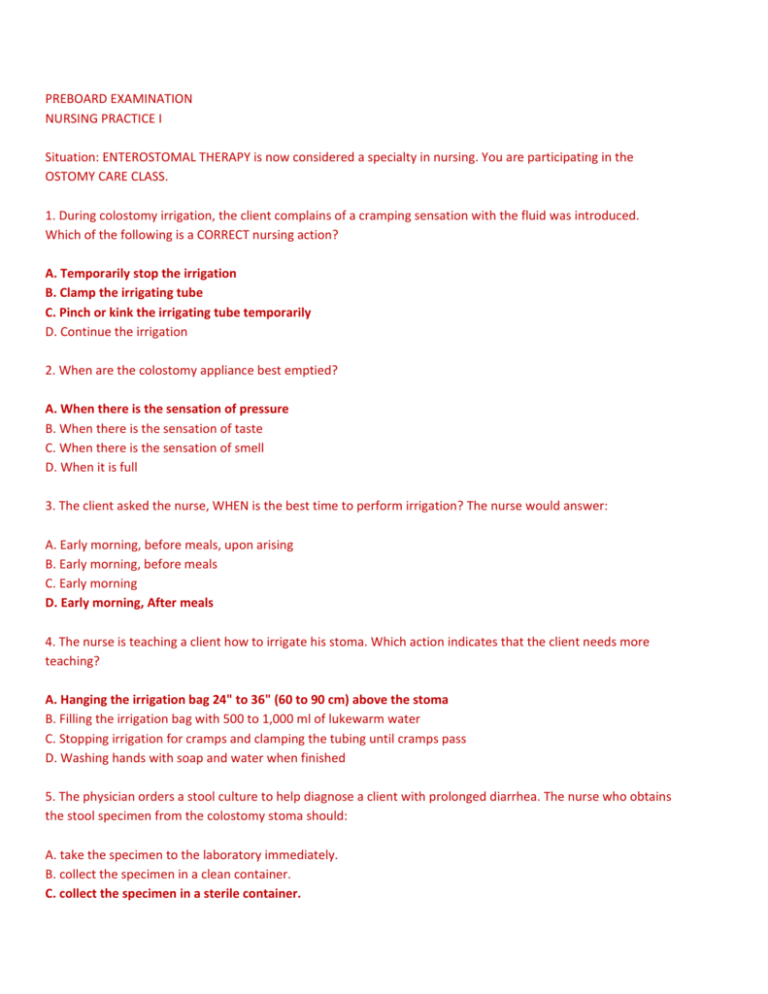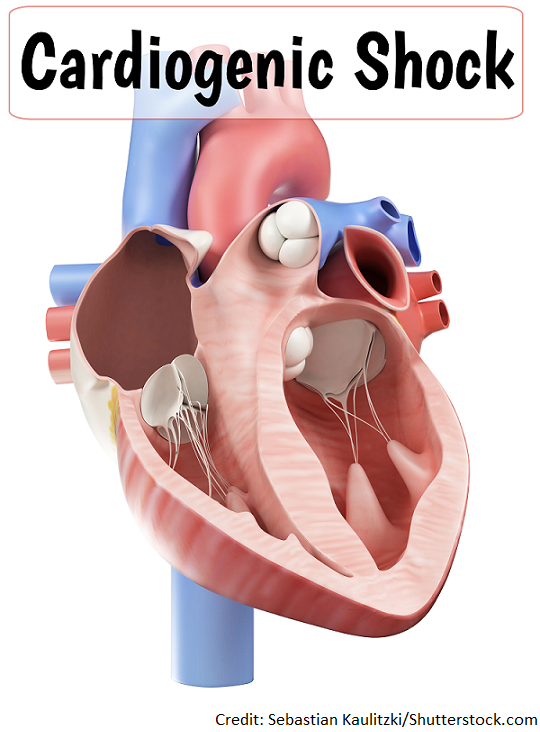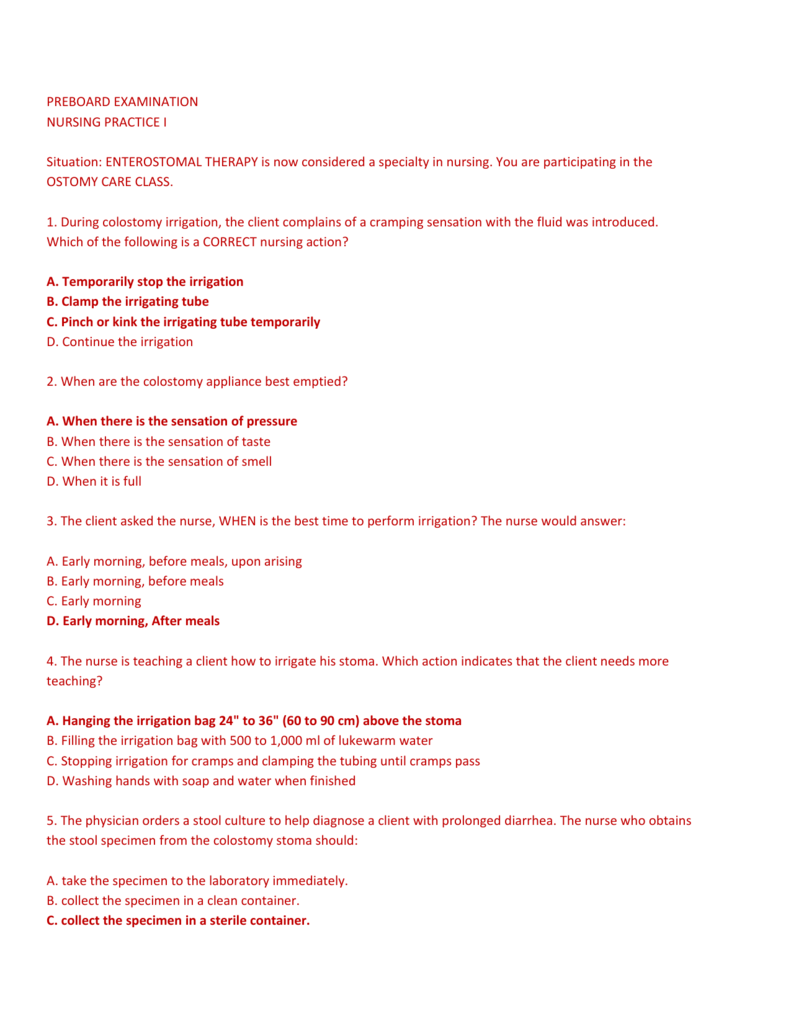Which Statement Best Describes Cardiogenic Shock
The delivery of oxygenated blood to the cells and tissues. This category of respiratory disease includes asthma.

Quiz Worksheet Characteristics Of Pericardial Effusion Study Com
The cardiac output will be DECREASED which will DECREASE tissue perfusion and cause cell injury to organstissues.

. Power on the AED shave the victim chest attach pads clear the. In other words there is a failure of the heart to effectively pump blood. Select all that apply.
Sepsis with hypotension that does not correct itself when a fluid challenge is administered B. Increase coronary perfusion decrease afterload. A decrease of cardiac output and evidence of tissue hypoxia in the presence of adequate intravascular volume.
In both cases there will be tachypnea but in hypovolemic shock the effort of. The nurse assesses a patient for septic shock. AAncient Mexican portraits were usually oil paintings while Europeans created clay portraits.
Which statement below best describes this condition. Cardiogenic shock occurs when the heart can NOT pump enough blood to meet the perfusion needs of the body. As interventions and technologies improve systems of care for patients with cardiogenic shock must evolve as well.
Which statement best describes how a seventeenth century european portrait such as the mona lisa differs from an ancient mexican portail such as ballgame performer. C The heart is not able to effectively pump blood through the body. Stage A is at risk for cardiogenic shock stage B is beginning shock stage C is classic cardiogenic shock stage D is deteriorating and E is extremis.
The SCAI SHOCK pyramid is intended to provide clinicians and researchers with a unified and standardized vocabulary that will translate across all settings. A There is not enough blood volume to maintain perfusion. Cardiogenic shock leads to pulmonary edema The answers are.
A system describing stages of cardiogenic shock from A to E was developed. The nurse is obtaining physician orders which include a pulse pressure. In most patients it is associated with a history of asbestos exposure.
The cardiac output will be DECREASED which will DECREASE tissue perfusion and cause cell injury to organstissues. A disruption of the bodys ability to deliver oxygen and glucose to the cells. Cardiogenic shock is a high-acuity potentially complex and hemodynamically diverse state of end-organ hypoperfusion that is frequently associated with multisystem organ failure.
40 of muscle mass loss primary ventricular ischemia structural problems arrhythmia. Cardiogenic shock presents a significant challenge to the medical community and there is much debate as to the best classification system and treatment mechanisms. Cardiogenic shock is caused by inadequate contractility of the heart.
Hypovolemic distributive cardiogenic and obstructive. Additionally the system aims to facilitate recognition of risk for adverse outcomes potential for benefit from various interventions and prognosis with the goal of reducing mortality on. Terms in this set 38 Intra-aortic balloon.
Terms in this set 22 Shock is best described as. The patient will experience an increase in cardiac output due to an increase in preload and afterload o B. Despite improving survival in recent years patient morbidity and mortality remain high and.
Which statement correctly describes chronic obstructive pulmonary disease. Cardiogenic shock occurs when the heart can NOT pump enough blood to meet the perfusion needs of the body. BSeventeenth century European portraits focused on portraying accurate body proportions.
B The blood vessels relax causing blood pressure to drop. A patient with this. Sepsis with hypotension accompanied.
Cardiogenic shock occurs when adequate oxygen and nutrient delivery to the organs and tissues of the body is compromised as a direct result of myocardial dysfunction. One of the key differences between hypovolemic and cardiogenic shock is the work of breathing. Common causes of myocardial dysfunction that lead to shock include cardiomyopathy myocarditis.
Findings include distant breath sounds and tachypnea. It is a progressivebut reversiblesyndrome. What best describes the steps common to the operation of all AEDs in the correct order.
What statement best indicates the nurses understanding of cardiogenic shock. The four major categories of shock are. Cardiogenic shock is a high-acuity potentially complex and hemodynamically diverse state of end-organ hypoperfusion that is frequently associated with multisystem organ failure.
Which statement best describes this health problem. A patient is being treated for cardiogenic shock. Cardiogenic Shock Practice Questions NUR 4717C Advanced Care Management 4 Name.
Which of the following best describes the pathophysiology of cardiogenic shock. Despite improving survival in recent years patient morbidity and mortality remain high and there are few evidence-based therapeutic interventions known to clearly improve patient outcomes. Asked Dec 14 2016 in Health Professions by Jentoy.
Perfusion is best described as.

Preboard Examination Nursing Practice I Situation

Cardiogenic Shock Nclex Questions

Cardiogenic Shock Nclex Questions

Pals Qquestion And Answer By Nhcps

Preboard Examination Nursing Practice I Situation

Optimising Clinical Trials In Acute Myocardial Infarction Complicated By Cardiogenic Shock A Statement From The 2020 Critical Care Clinical Trialists Workshop The Lancet Respiratory Medicine

Ch 14 Test Bank Chapter 14 Shock And Multiple Organ Dysfunction Syndrome A Nurse In The Icu Is Studocu

Nclex Practice Exam 14 A Nurse Is Administering Iv Furosemide To A Patient Admitted With Congestive Heart Failure After The Infusion Which Of The Following Ppt Download
(271).jpg)
Quiz Over Myocardial Infarction Proprofs Quiz

Pdf Infarction Related Cardiogenic Shock Diagnosis Monitoring And Therapy

Shock Basic Considerations Schwartz S Principles Of Surgery Absite And Board Review 9th Ed

Chapter 19 Blood Vessels 223 Biology Csn Studocu

Pdf Contemporary Management Of Cardiogenic Shock A Scientific Statement From The American Heart Association

Solved Quality Cpr G A Pediatric Resuscitation Attempt Chegg Com

Chapter 33 Shock And Multisystem Organ Dysfunction Syndrome Ppt Video Online Download

Shock Basic Considerations Schwartz S Principles Of Surgery Absite And Board Review 9th Ed

Scai Pushes Revised Standardised Language To Improve Cardiogenic Shock Care Cardiovascular News
Comments
Post a Comment